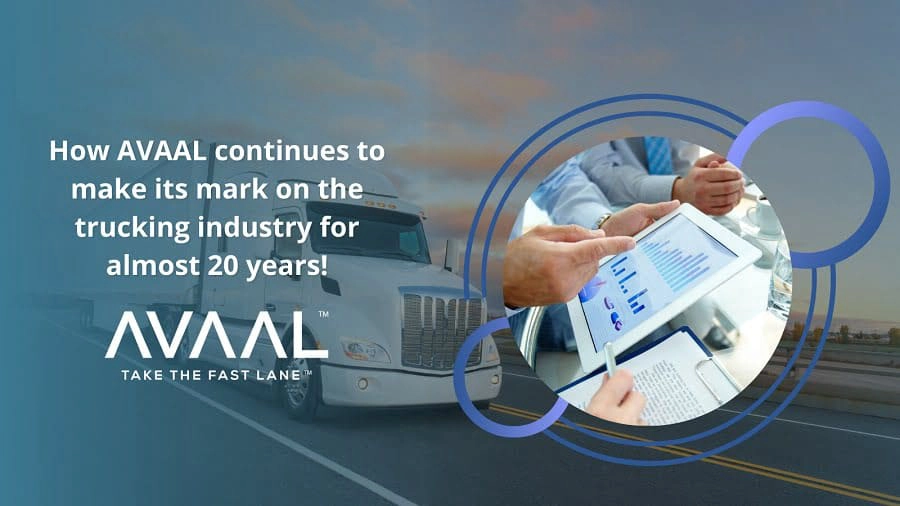- 30 Jan, 2024
Latest News:AVAAL Vehicle Tracking(AVT) launched. Read Now

Start Saving Todaywith Avaal Blue Fleet Card
Check Now
5 regulations to watch in 2019
- Jan 15, 2019
- Pat Pitz
The ELD mandate transformed the trucking industry last year. The dust has finally started to settle, but more changes could be on the horizon.
While there likely won't be any new regulations that are as transformative as the ELD mandate, transportation professionals should keep an eye on these five regulations that could have big impacts on trucking in 2019.
1. Electronic On-Board Recording Devices
The ELD mandate went info effect on Dec. 17, 2017. Excluded from the mandate were trucks using Automatic On-Board Recording Devices, or AOBRDs. However, fleets using AOBRDs are required switch to ELDs by Dec. 17 of this year. Many large fleets have been using AOBRDs for years and have yet to make the switch. Just as many small carriers saw productivity drop as they got used to ELDs, large carriers could experience similar problems when moving from AOBRDs to ELDs.
2. Hours of service reform efforts
As many drivers pointed out last year, their issues with ELDs are actually issues with Hours of Service (HOS). FMCSA began listening sessions in March 2018 to hear directly from drivers, and in August the agency asked for input on changes to certain HOS regulations such as rest breaks and split sleeper berths. A proposed rulemaking regarding those changes is expected in the coming months.
3. New minimum wage rules
The Truckload Carriers Association (TCA) recently reminded its members to be aware of new minimum wage requirements in several states in 2019. TCA legal counsel notes, "Employers with operations in different states must take care to monitor these various state law requirements, and when they change. This is significant for the trucking industry because carriers are often targeted with wage and hour lawsuits brought by drivers and other employees."
4. New drug testing hurdles for drivers
There are two driver drug testing regulations that could further shrink the already-tight pool of eligible drivers. Full compliance with the Drug and Alcohol Clearinghouse is required by January 2020. This regulation requires employers to search the clearinghouse database for drug and alcohol violations when conducting pre-employment screenings and annual verification.
Also, the current transportation funding bill calls on the FMCSA to issue a rulemaking to permit hair follicle testing as an acceptable alternative to urine testing, after the Department of Health and Human Services issues guidelines. Currently, drivers are screened for drug use by analysing urine samples, which can detect drug use in the past few days. Hair follicle testing can detect drugs for longer periods, up to 2-3 months.
5. California-specific laws
The California supreme court has created a test that employers must follow to ensure that owner-operators are not being misclassified as independent contractors when they should be considered employees of the company. If appeals fail to reverse the decision, other states could be next. See our blog post End of owner-operators in California?
In late December, FMCSA announced that carriers are not required to comply with California's meal and rest break requirements. California law states that employers must provide meal breaks every 5 hours and rest breaks of 10 minutes for every 4 hours worked. FMCSA said that California's rules are preempted by federal laws that cover hours of service.
Source:- DAT.
AVAAL partners with DAT to offer a special on the TruckersEdge Load Board to its members. Sign up for TruckersEdge today and get your first 30 days free by signing up at https://bit.ly/2IbuHhk. This offer is available to new TruckersEdge subscribers only.







